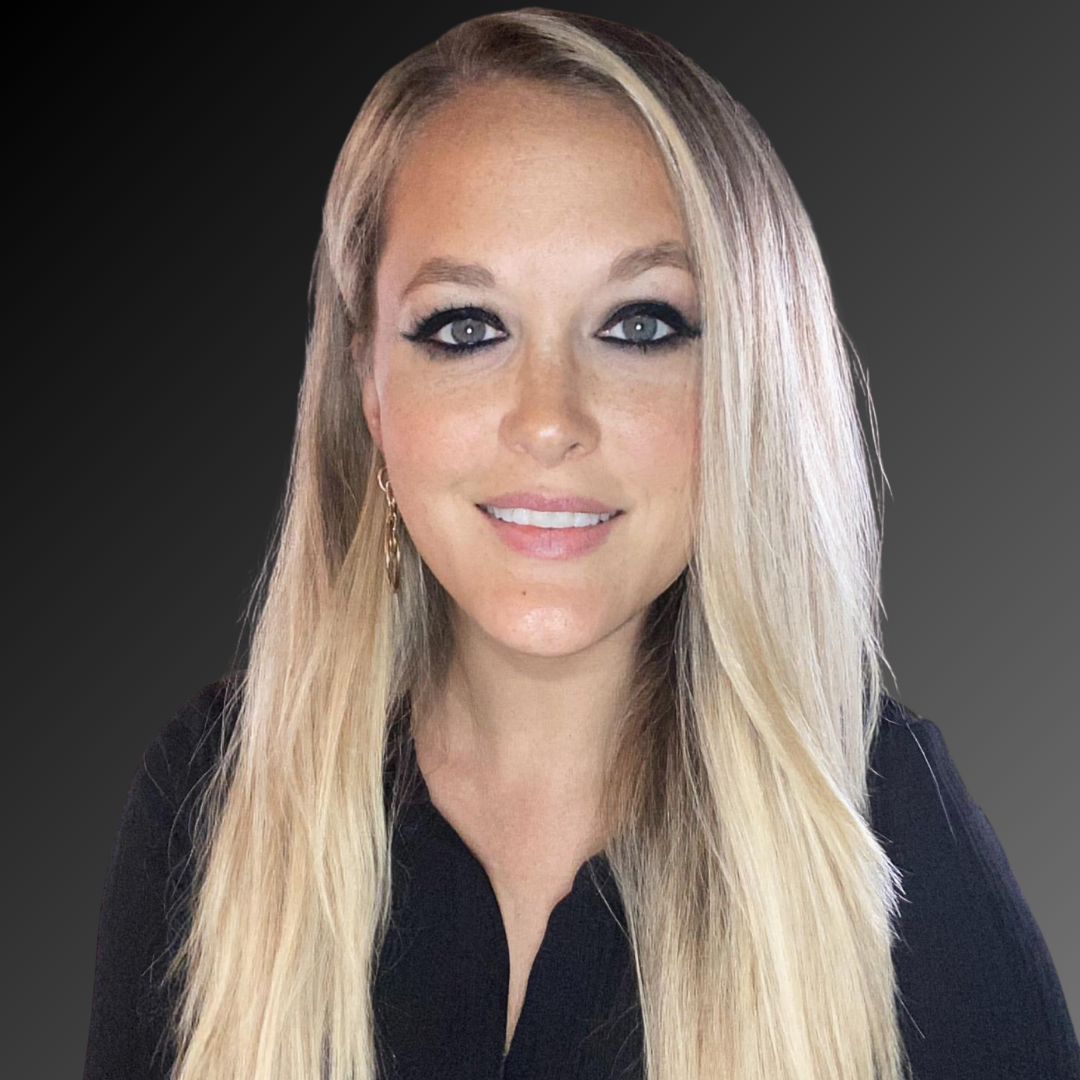How to Minimize Average Call Duration

When you are running a call center, you have to find a perfect balance. You want your agents to work as efficiently as possible, but you also want to make sure they are aware of other customers waiting in their queue and that they’re successfully helping each caller. Average call duration is one key performance indicator that can help you manage this aspect of your call center.
In this post, we’ll review this essential call center KPI and talk about some of the biggest reasons that your average call duration might seem a little high.
Average Call Duration: A Quick Review
Average call duration is the average amount of time that your call center agents spend on the phone with callers. For inbound call centers, call duration is calculated from the second that the agent picks up the phone to the moment that the call is terminated. For outbound call centers, it’s the reverse: the call begins the moment that the called party answers the phone till the call is ended (by either party).
You can view average call duration for your entire call center, a single queue, or for individual agents. The example below shows average call duration for each agent in a single queue.
How long should the average call be?
The optimal average call duration depends on a number of factors, including industry standards and your company’s philosophy. However, you will get a better idea of what the average call duration is for your business by conducting a call center benchmarking analysis.
Most businesses think that call duration should be as short as possible. That way, your agents are able to move on to other callers, and your customers can move on with their lives.
But if you run a customer-centric inbound call center, this might not be the case. After all, you want to make sure that agents are carefully addressing each caller's needs instead of rushing to get the caller off of the phone.
But, the underlying goal is the same for both philosophies: address the customer's needs as thoroughly and efficiently as possible. If your agents are spending unnecessarily long periods of time on the phone with each customer, you can't run an efficient call center.
In order to minimize average call duration and keep your contact center running efficiently, you should look for the outliers: unnecessarily long calls that can be shortened. Here are just a few of the top causes of long call duration, and some quick fixes for cutting down on long calls.
Customers aren’t reaching a qualified agent
One potential reason for long call duration is that your customers aren’t reaching the agent who can best assist them right away. A caller may reach an agent who tries to assist them with an issue, only to realize they can’t help. To remedy this, implement skills-based routing in your call center. This will help get a customer to the right representative the first time.
Agents aren’t efficiently closing sales
If you are running an outbound call center, you may also see long call durations when an agent has trouble closing a sale. This gives call center managers a great opportunity to re-train your agents and make sure your current call center scripts are working for you. You can monitor and measure your outbound call center agents' relative levels of success by utilizing call scoring and call whisper.
Customers are calling in with frequent complaints
Frequent customer complaints may be another reason that your average call duration seems high. In these situations, you should have a designated person or department that can assist this caller and address their concerns. You can set up call routing rules so that customers with particular complaints or concerns are routed to the right department immediately.
Long average call duration can negatively impact your call center in a variety of ways, from customer satisfaction levels to closing rates. Implement the tips above to help manage the duration of the calls in your call center.
